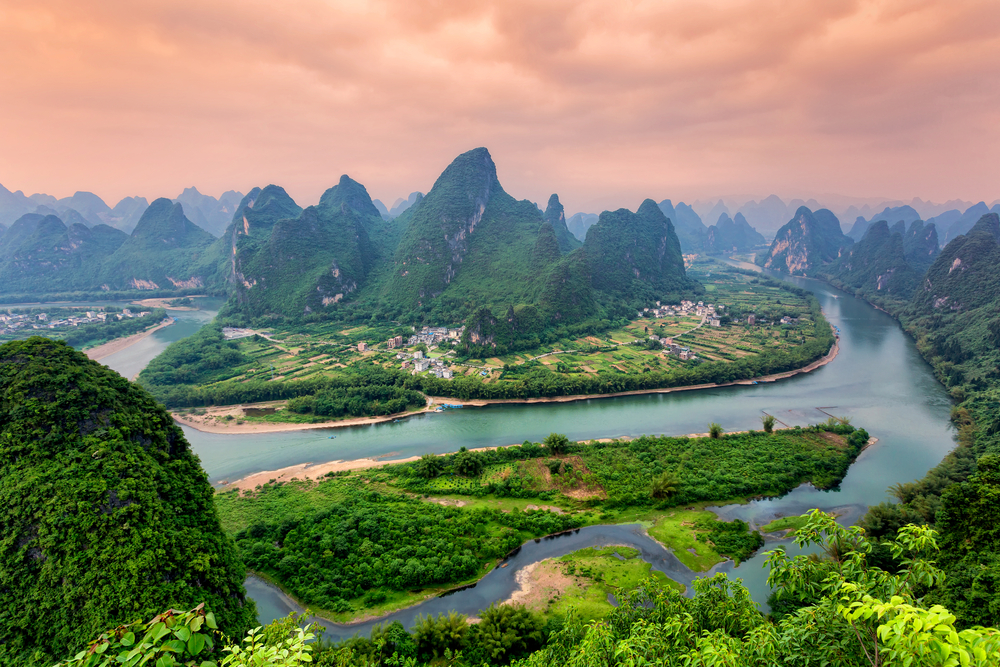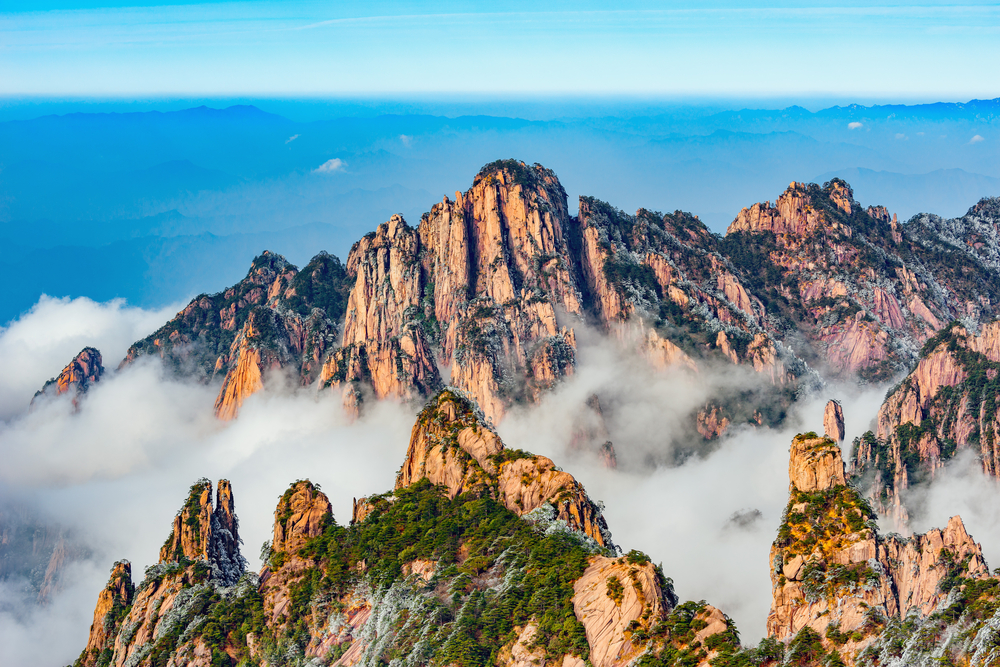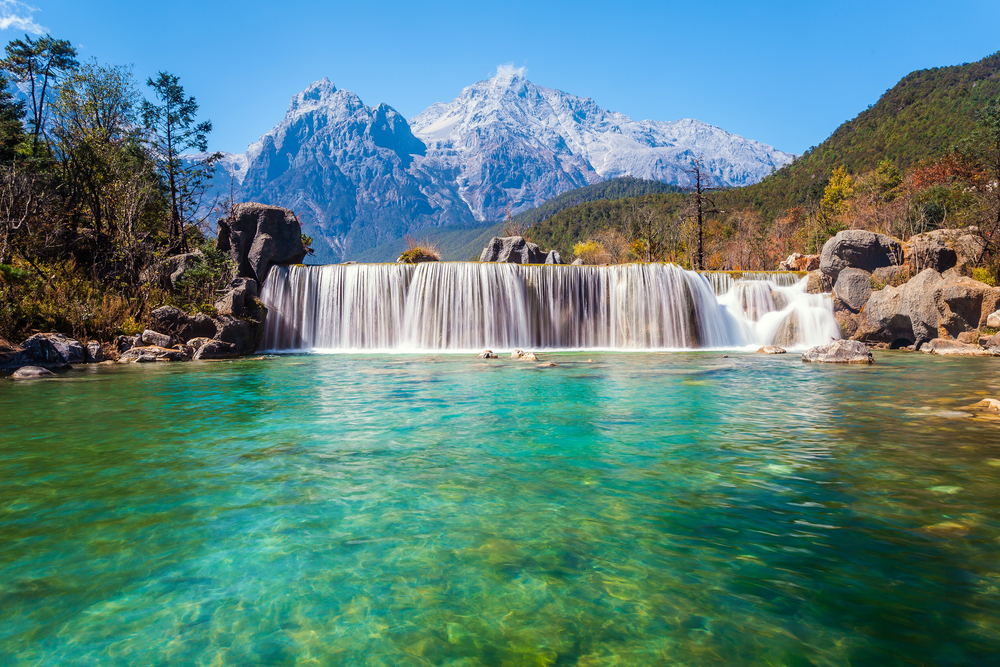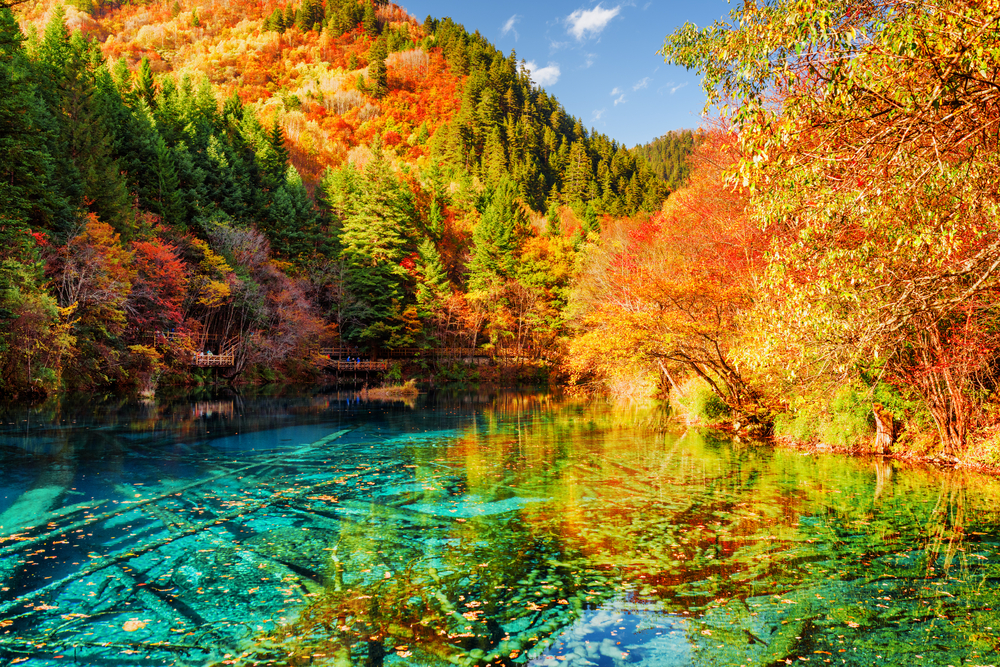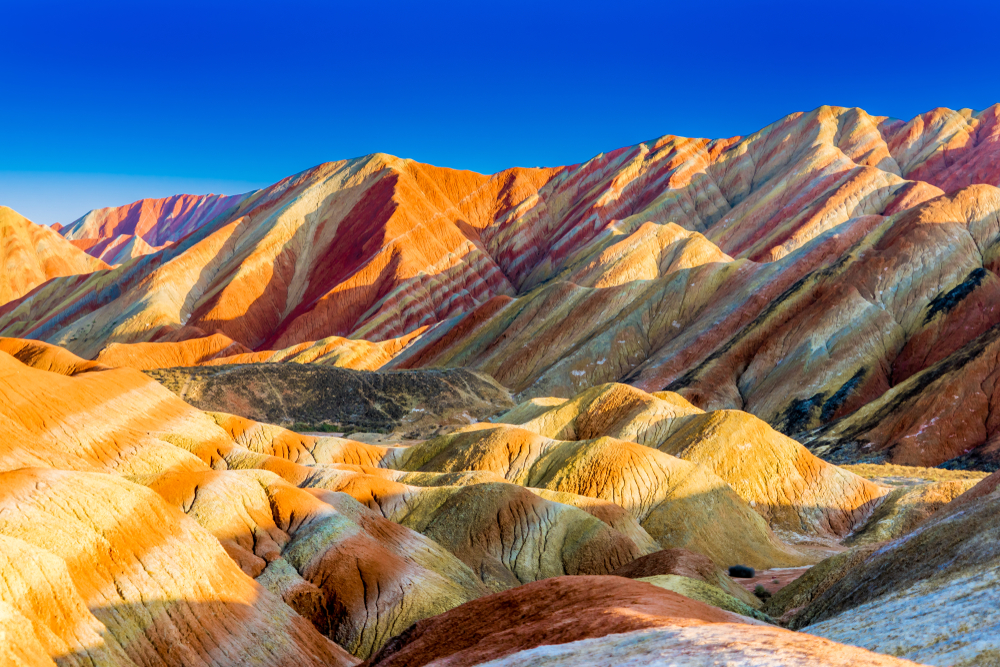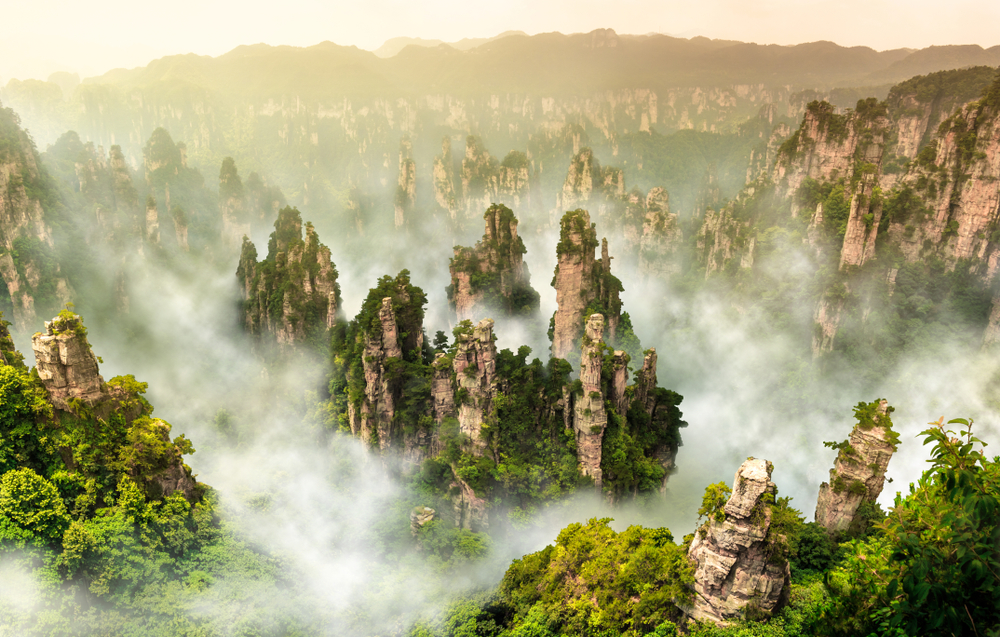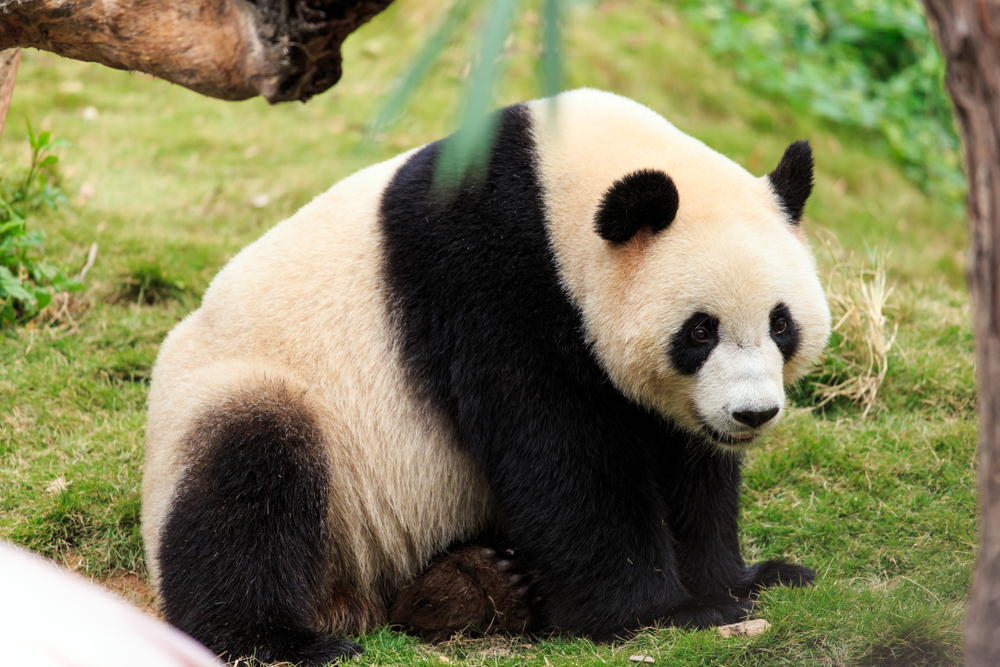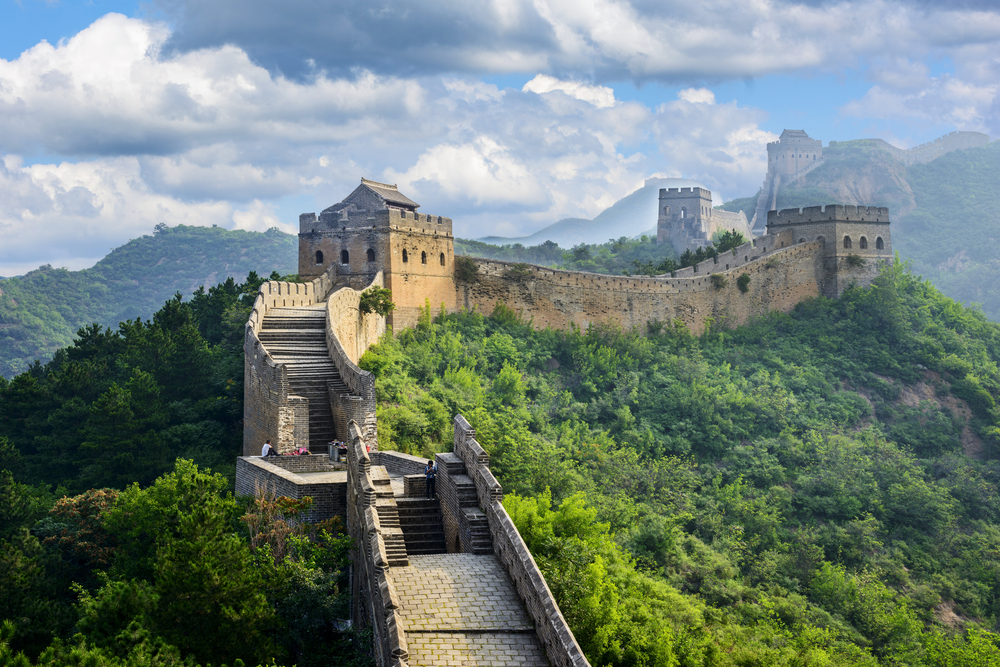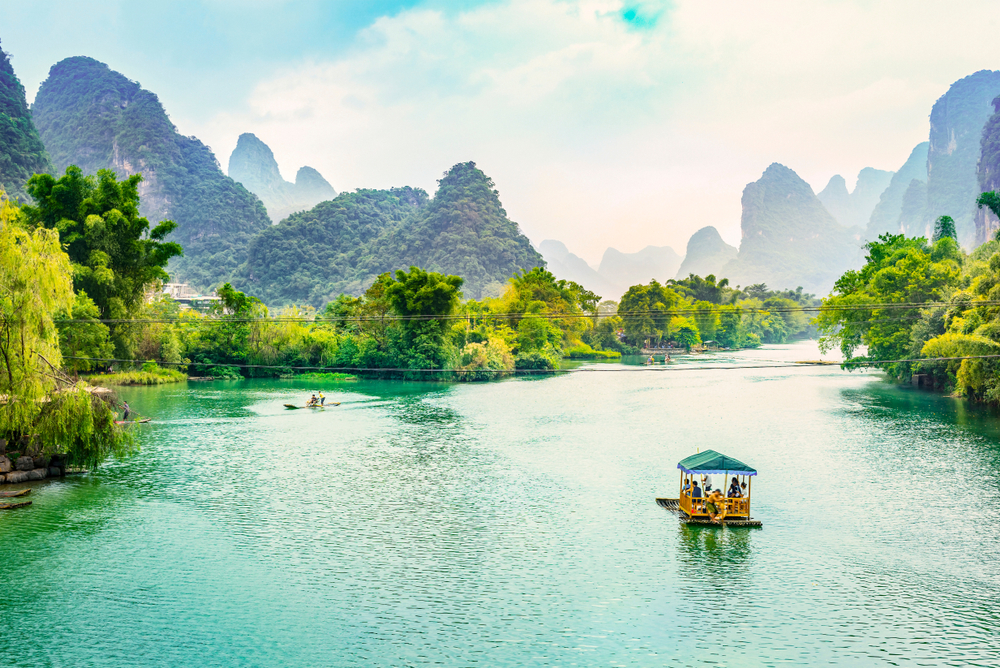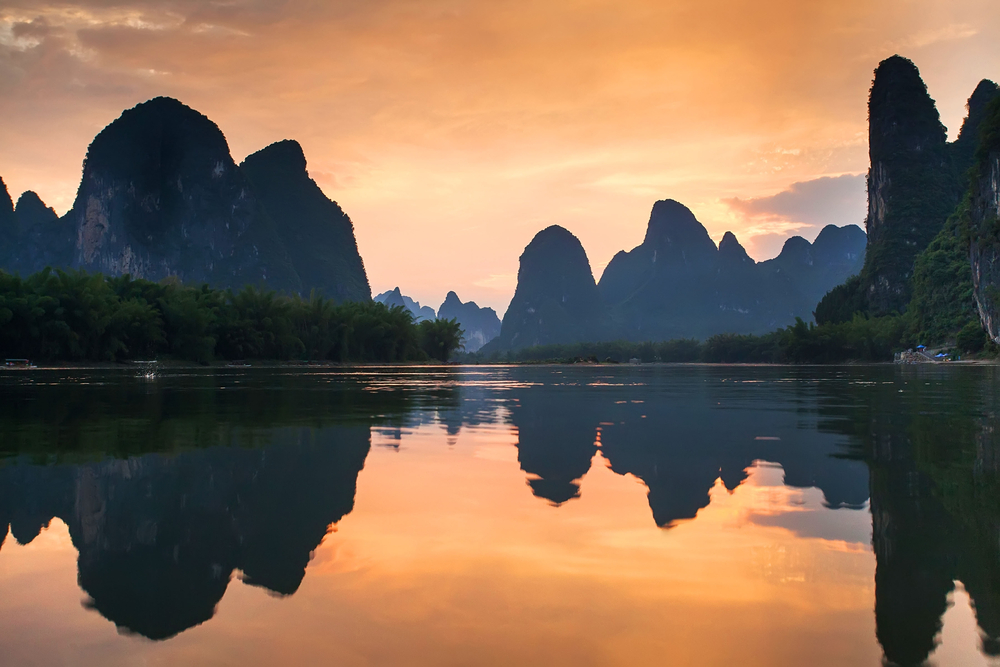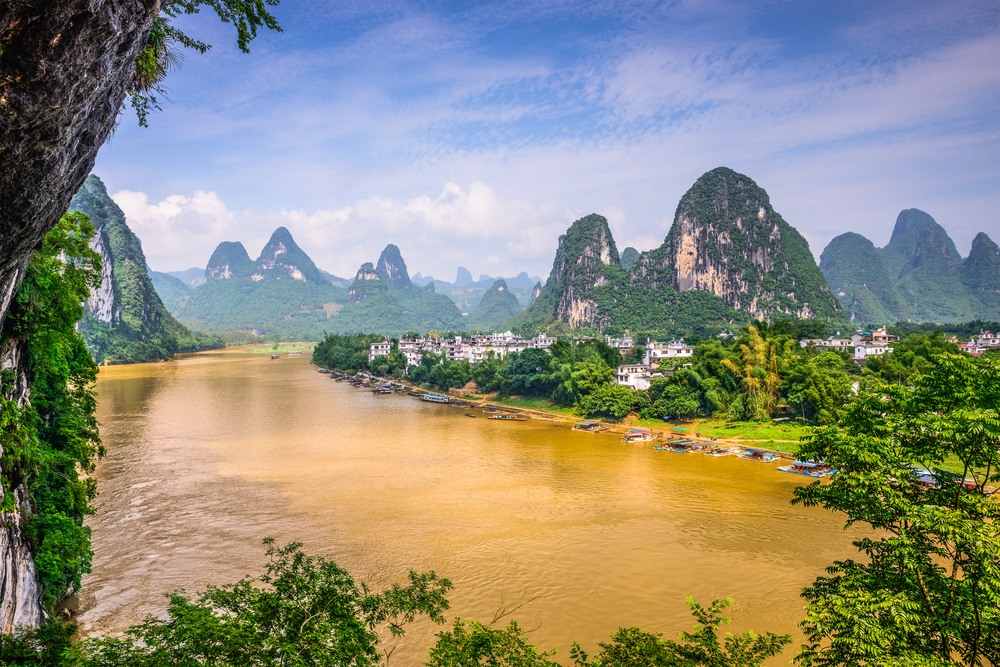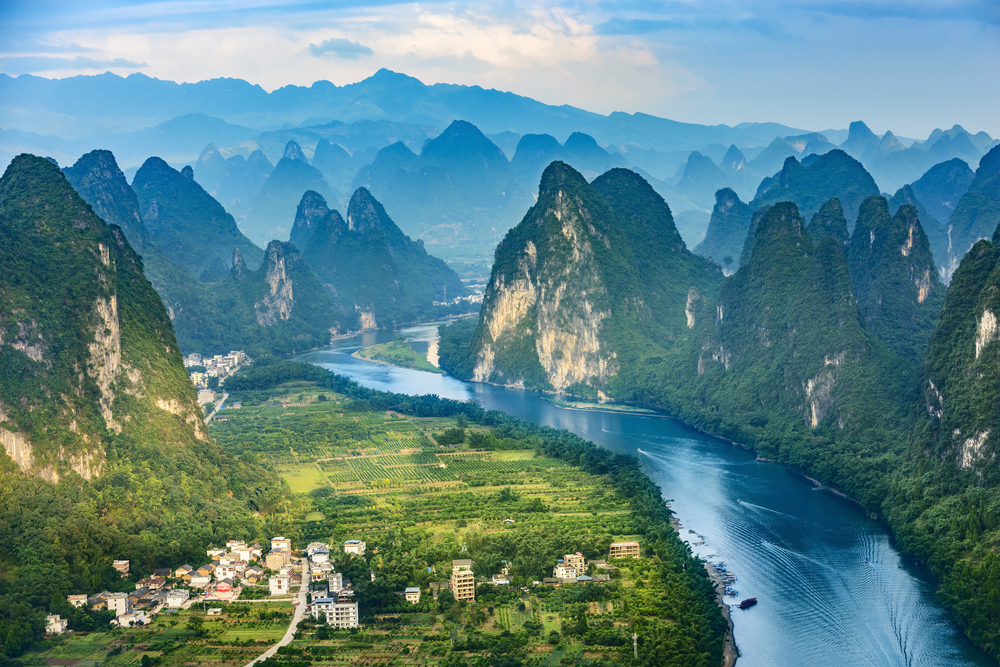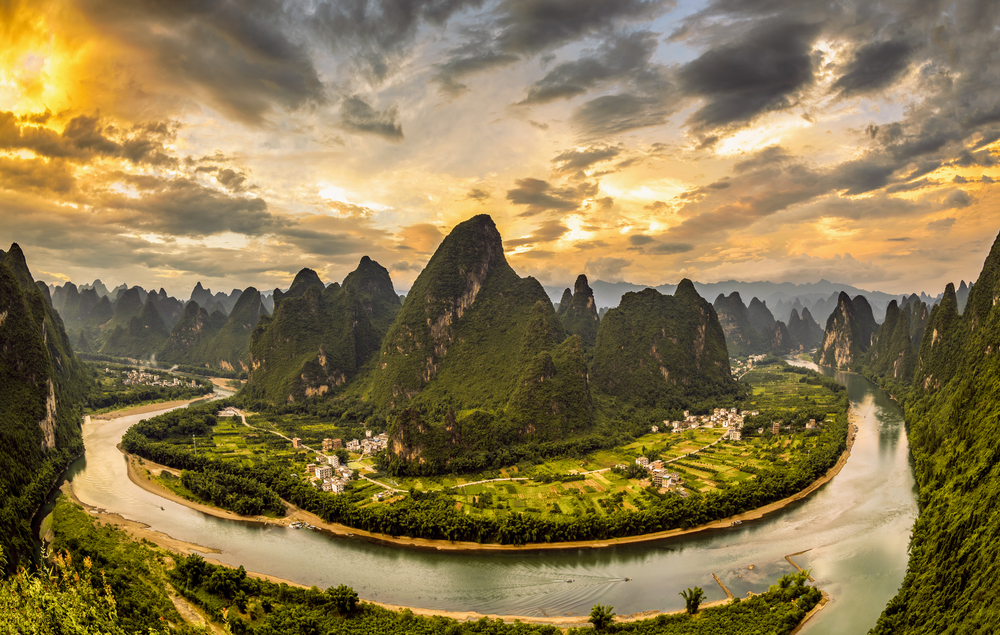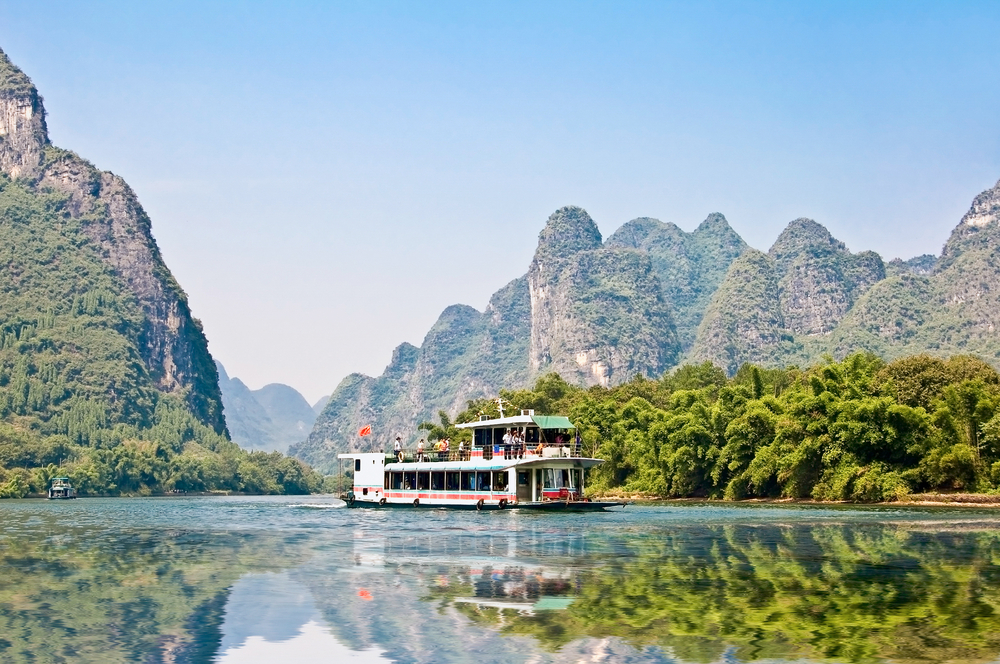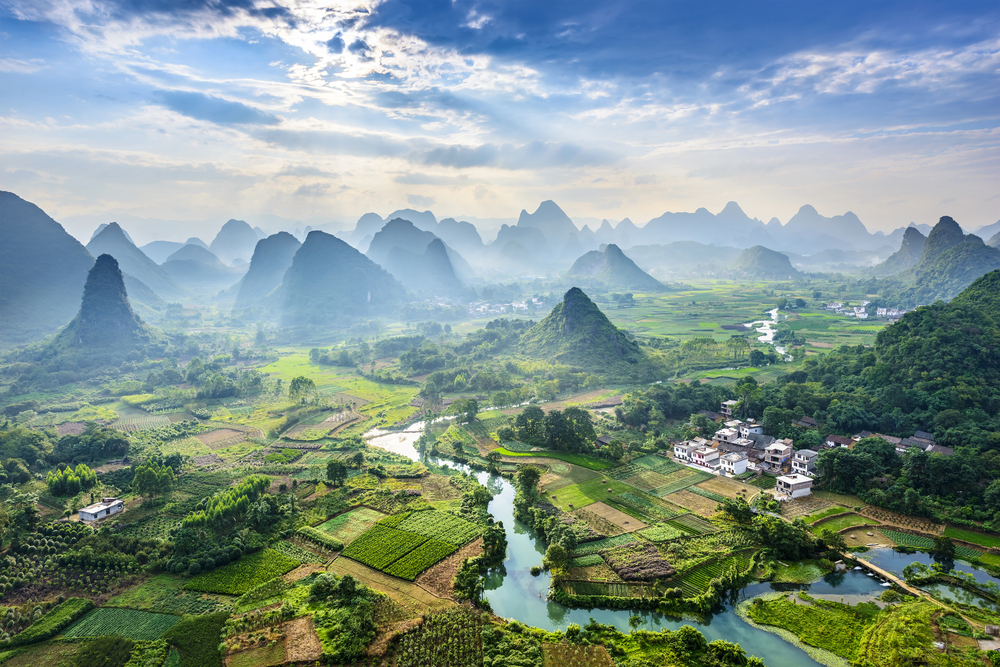Guilin Lijiang Overview
Guilin Lijiang National Park, often referred to simply as the Lijiang River Scenic Area in Guilin, is located in Guangxi Zhuang Autonomous Region, southern China. This renowned national park is celebrated for its extraordinary natural scenery, particularly the Lijiang River (Li River) that meanders gracefully through Guilin and Yangshuo, covering a length of about 83 kilometers (approximately 52 miles) from Guilin to Yangshuo. The park itself is part of a larger karst landscape that spans approximately 2,000 square kilometers (about 772 square miles), known for its dramatic limestone karst hills, serene rivers, and rich biodiversity.
The Lijiang River Scenic Area is distinguished by its picturesque landscape, which has inspired Chinese poets and artists for thousands of years. The river flows through a stunning array of limestone karst peaks, each uniquely shaped by millions of years of weathering and erosion. These towering formations, alongside the crystal-clear waters of the Lijiang River, create a magical and almost surreal vista that is often depicted in traditional Chinese paintings.
One of the most iconic features of Guilin Lijiang National Park is the Nine Horses Fresco Hill, where natural rock formations create patterns resembling horses. Another notable landmark is Elephant Trunk Hill, a hill that looks remarkably like an elephant dipping its trunk into the river. The park is also home to Reed Flute Cave, a remarkable cave filled with a variety of stalactites, stalagmites, and rock formations in vivid colors, illuminated by artificial lighting.
Visitors to Guilin Lijiang National Park can explore its beauty through river cruises on the Lijiang River, offering close-up views of the karst landscape and traditional rural life along the riverbanks. Bamboo rafting, hiking, and cycling are popular activities that allow tourists to immerse themselves in the serene and captivating environment.
The Guilin Lijiang National Park stands as a testament to the natural beauty of China’s karst landscapes, offering a peaceful retreat and a source of artistic inspiration. Its unique geological formations, combined with the cultural significance of the area, make it a must-visit destination for nature lovers and those seeking to experience the essence of China’s natural heritage.








































































